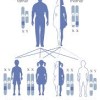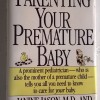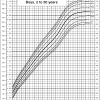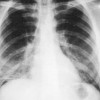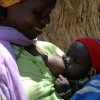Hemophilia growth and development study. Design, methods, and entry data
Abstract
PURPOSE: The study design, research questions, and baseline data are presented from a multicenter longitudinal epidemiologic investigation of the impact of human immunodeficiency virus (HIV) infection on three areas of functioning in children and adolescents with hemophilia: physical growth and sexual maturation, immune function, and neurological and neuropsychological functioning.… Read more
